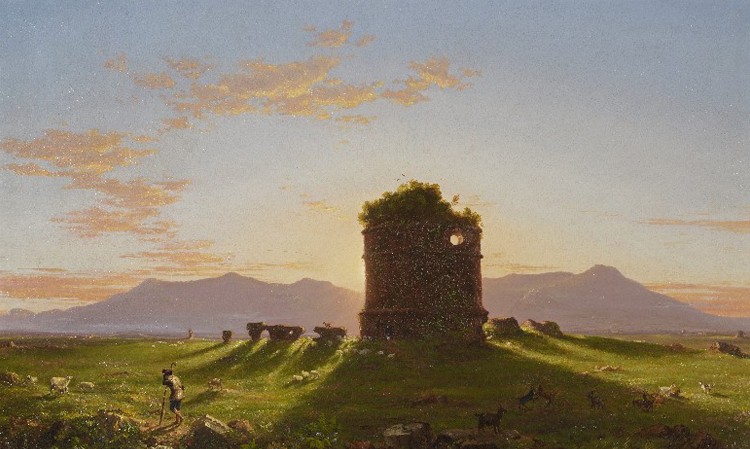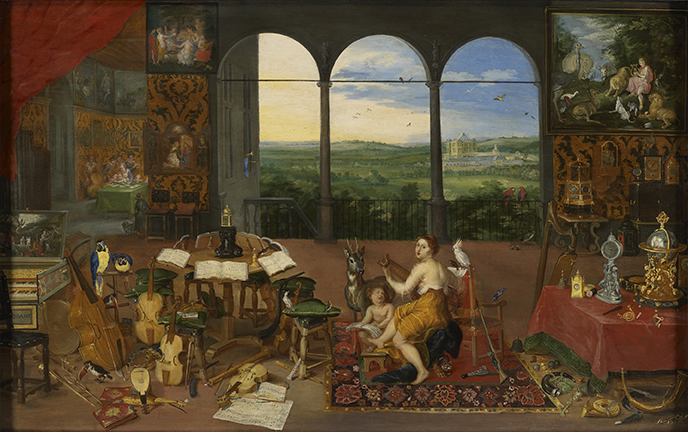
Thomas Cole, Ruins in the Campagna di Roma, Morning, 1842. Oil on panel, 14 1/2 x 24 in. Paul G. Allen Family Collection
In the Seeing Nature exhibition, the Phillips invites visitors to contribute new, imagined conservation discoveries at the interpretive station “Seeing Beyond the Frame.” For the month of February, visitors responded to Thomas Cole’s pastoral landscape Ruins in the Campagna di Roma, Morning (1842).
In addition to some of the creative conservation discoveries our visitors imagined, our visitors have been sharing other kinds of wonderfully visual and lyrical responses. As they say, a picture is worth a thousand words! See more or share your own ideas with #SeeingNature.



